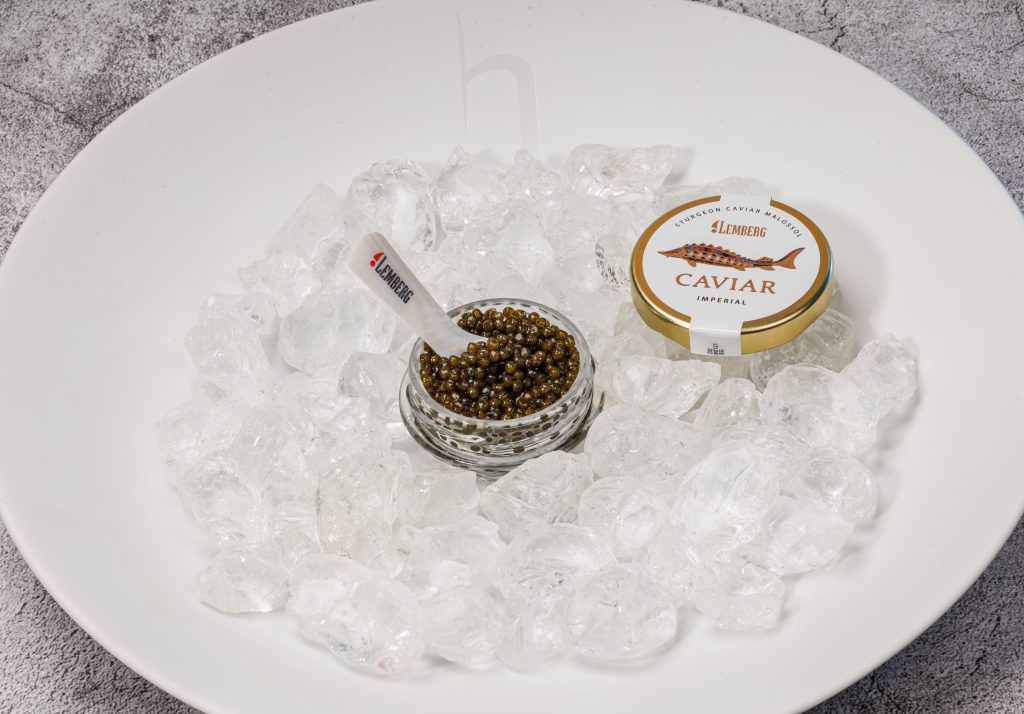True Caviar Comes from Sturgeon
While the term “caviar” has expanded in modern use to include the roe of many fish, traditionally and legally it refers only to the eggs from sturgeon species. Sturgeon are ancient fish that have inhabited earth’s waters since the time of dinosaurs over 155 million years ago.
There are 27 different species that fall under the scientific family Acipenseridae and are considered “true” sturgeon. Other common names for these fishes include freshwater sturgeon, black sturgeon, Atlantic sturgeon, beluga sturgeon, sterlet sturgeon, Russian sturgeon, and more. They reside primarily in the Northern hemisphere in rivers, lakes, and coastal waters of North America, Europe, and Asia.
Four Key Sturgeon Species for Caviar
While all sturgeons produce the delicacy, most caviar on the market is sourced from just a few key species:
- Beluga Sturgeon. The beluga sturgeon, also known as the European or great sturgeon, is found natively in the Caspian and Black Seas. It is the largest of the sturgeon, growing over 6 feet long and weighing up to 1,100 pounds. Beluga caviar is rare and highly coveted for its refined, buttery flavor.
- Acipenser gueldenstaedtii, also known as Oscietra and sometimes referred to as the diamond sturgeon or Danube sturgeon, inhabits the waters of the Black and Caspian Seas. Its large black eggs are known for their nutty and mildly sweet flavor, making the caviar highly prized.
- Siberian Sturgeon. As its name indicates, Siberian sturgeon are found primarily in Siberian lakes and rivers that connect to the Arctic Ocean. Its flavorful eggs create Royal Siberian caviar.
- Kaluga Sturgeon. The Kaluga sturgeon is a close cousin of the beluga, also reaching over 1,000 pounds. Its buttery, nutty caviar is considered on par with top-quality beluga.
While other species like sterlet, American paddlefish, and sea sturgeon may also produce caviar, their roe is less common globally. Plus regulations often limit fishing of endangered wild sturgeon.
How Wild Sturgeon Are Caught for Caviar
In the past, harvesting wild Caspian Sea beluga sturgeon was common practice. During their migration in spring, mature females heavy with roe were caught by fishermen. They removed the prized eggs, processed them into caviar, and sold them at astronomical prices to elite buyers around the world.



